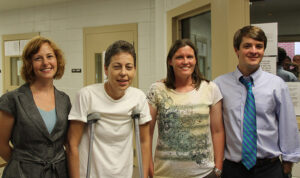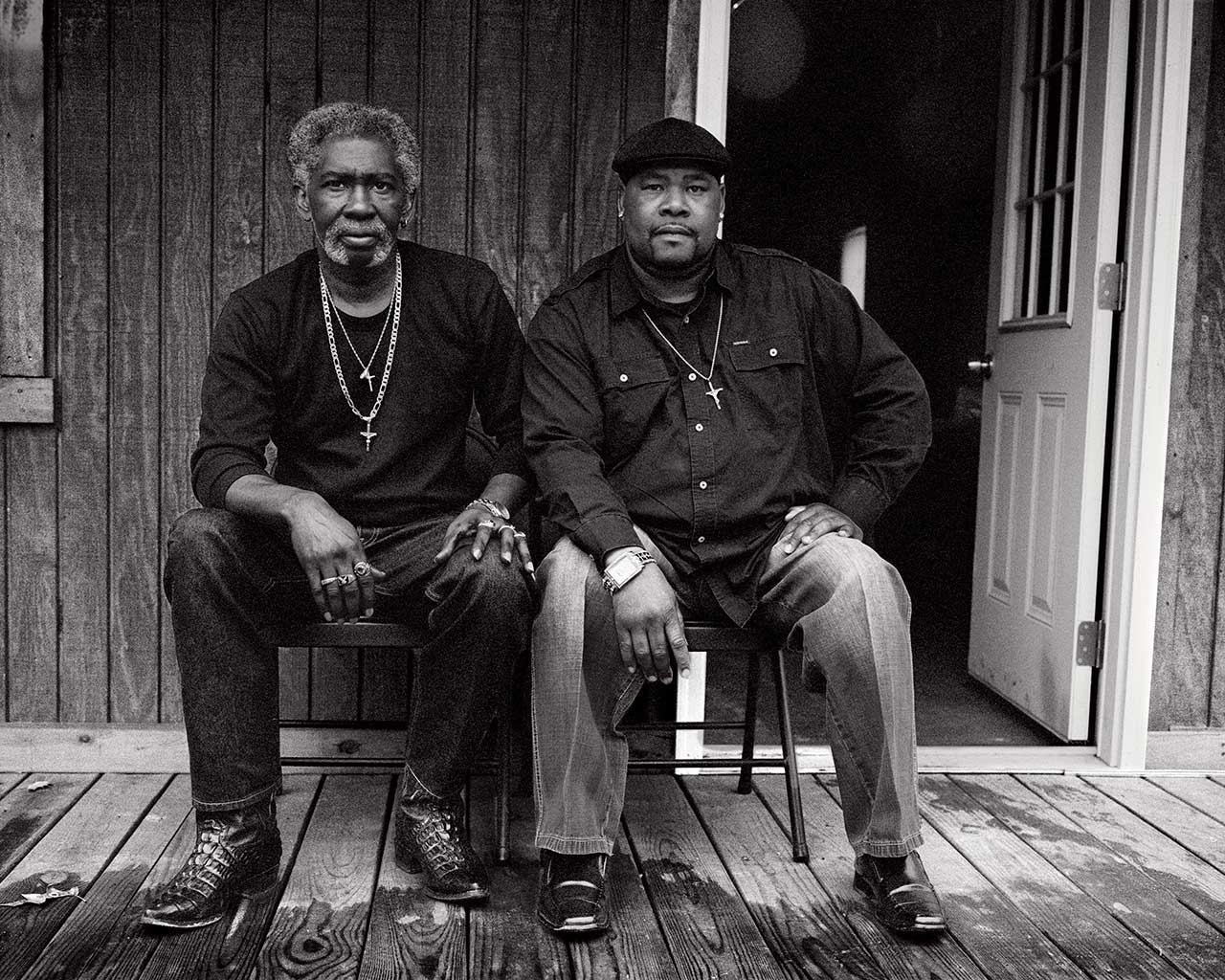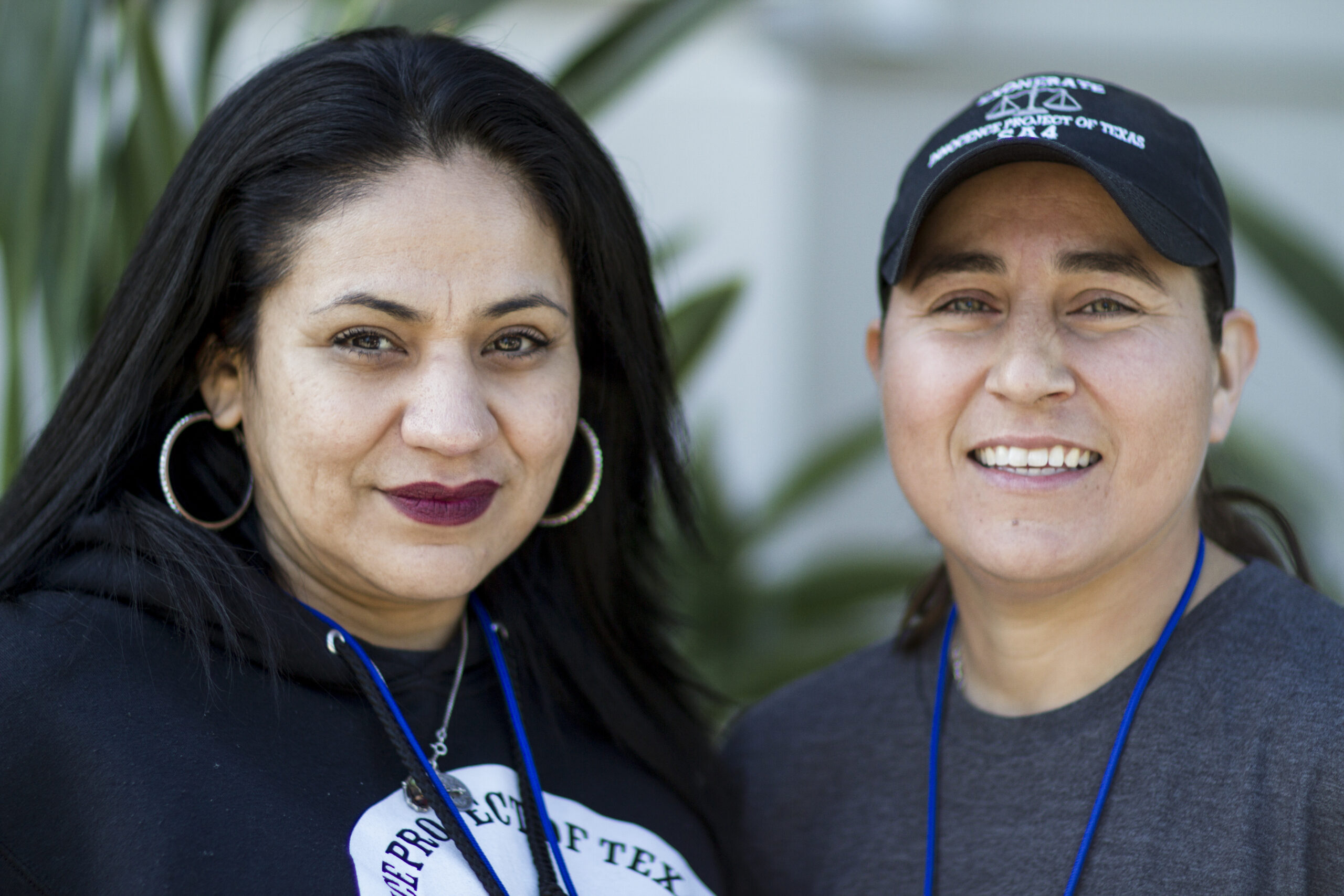‘Bite Marks,’ Homophobia, and Bias: How Two Women Were Wrongly Convicted Because They Loved Each Other
Before trial even began, two jurors said they would vote guilty based on the women’s sexual orientations.
06.27.22 By Daniele Selby
Tami Vance will never forget the moment her trial judge told her and her co-defendant Leigh Stubbs that because they loved each other — because they were openly lesbians — they deserved to spend the rest of their lives in prison.
“He said he was gonna make sure that we did, and then he gave us 44 years to serve,” Ms. Vance recalled. What made it even worse was knowing that they hadn’t committed the crime they’d been convicted of.
A biased trial and invalid bite mark evidence
In 2001, Ms. Vance and Ms. Stubbs were convicted of assaulting their friend, Kimberly Williams, in Mississippi. The conviction was largely based on bite mark evidence — a debunked forensic method — and a biased trial in which witnesses and “experts” gave testimony replete with anti-LGBTQ statements. In fact, when Ms. Vance’s attorney asked the jury before the trial began if they would be able to vote Ms. Vance not guilty based on their own “personal morality” knowing that there would be testimony about “lesbian behavior,” two jurors admitted they would vote Ms. Vance and Ms. Stubbs guilty, knowing nothing else about the case.
“This case was a confluence of faulty forensic evidence — bogus bite mark evidence — homophobia, stereotypes about drug use, and bias against substance use disorders, which all converged together to lead to these wrongful convictions,” said Valena Beety, who represented Ms. Stubbs in her post-conviction litigation. Ms. Beety is the author of Manifesting Justice: Wrongly Convicted Women Reclaim Their Rights, in which she details the injustices Ms. Vance and Ms. Stubbs overcame.
“This case really highlights how sexual orientation and queer identity can be weaponized,” Ms. Beety, who is also the founding director of the West Virginia Innocence Project, said.

Tami Vance (second from left) and Leigh Stubbs (third from left). (Image: Mississippi Innocence Project)
In 2000, Ms. Vance and Ms. Stubbs called 911 after noticing Ms. Williams was having trouble breathing in an apparent drug overdose. Ms. Vance and Ms. Stubbs took turns performing CPR on Ms. Williams, whom they met while at a rehabilitation facility where all three were receiving treatment, until the paramedics arrived. After unsuccessfully attempting to revive Ms. Williams with CPR, the paramedics administered Narcan, and Ms. Williams began breathing again but remained unconscious as she was taken to the hospital.
Ms. Williams was diagnosed as having overdosed, but a doctor who noticed some bruising speculated that she had been sexually assaulted days before “from the coloring” of her injuries. That same day, Ms. Williams was transported to another hospital and suffered seizures during the hour-long drive.
The detective on the case, Nolan Jones, called in his friend Michael West, a dentist and a forensic odontologist, whose testimony on bite mark identifications contributed to the wrongful convictions of several now exonerated Innocence Project clients. To date, more than 30 people wrongly convicted based on bite mark evidence have been exonerated. Dr. West testified in at least half a dozen of those cases.
Although no medical staff reported seeing any alleged bite marks on Ms. Williams, Dr. West took close-up photos and video footage of Ms. Williams’ breasts and genitals, and claimed to have found bite marks and cigarette burns on her body. He then claimed he had “matched” the bite marks to Ms. Stubbs after having created additional bruises on Ms. Williams’ body by pressing a mold of Ms. Stubbs’ teeth into Ms. Williams’ hip.




Leave a Reply
Thank you for visiting us. You can learn more about how we consider cases here. Please avoid sharing any personal information in the comments below and join us in making this a hate-speech free and safe space for everyone.